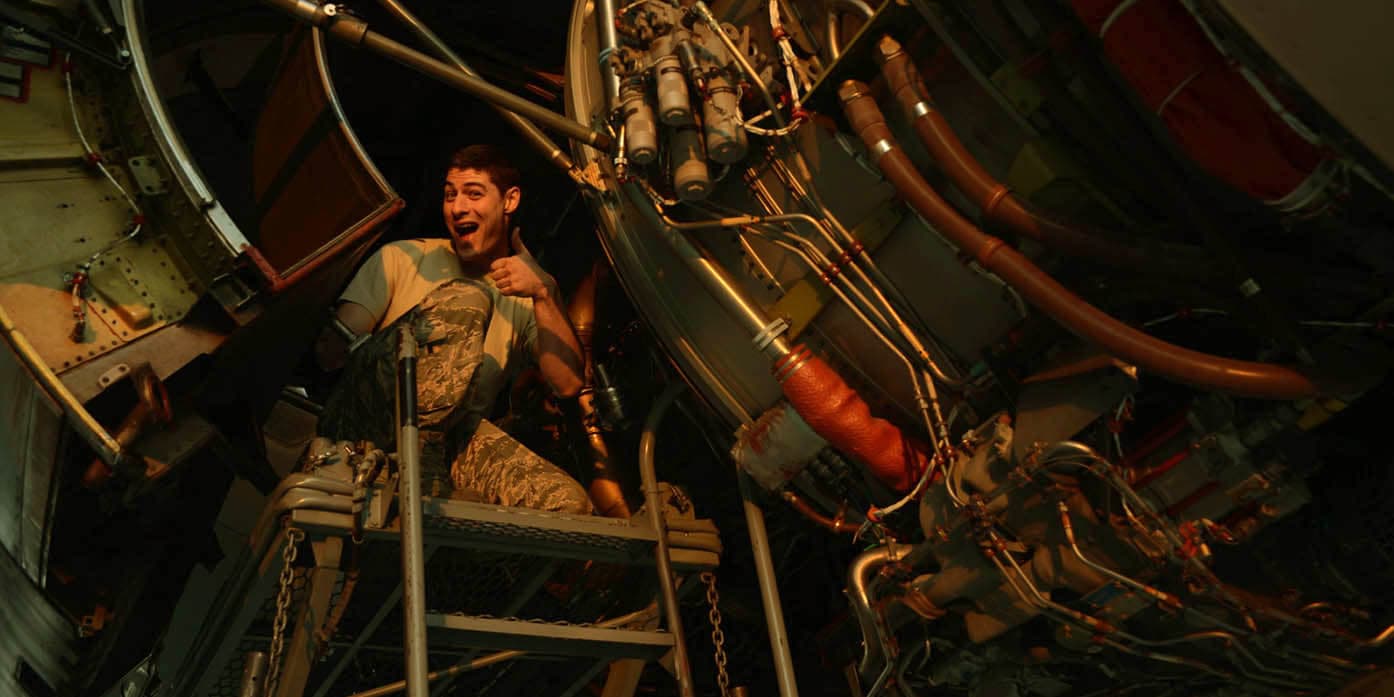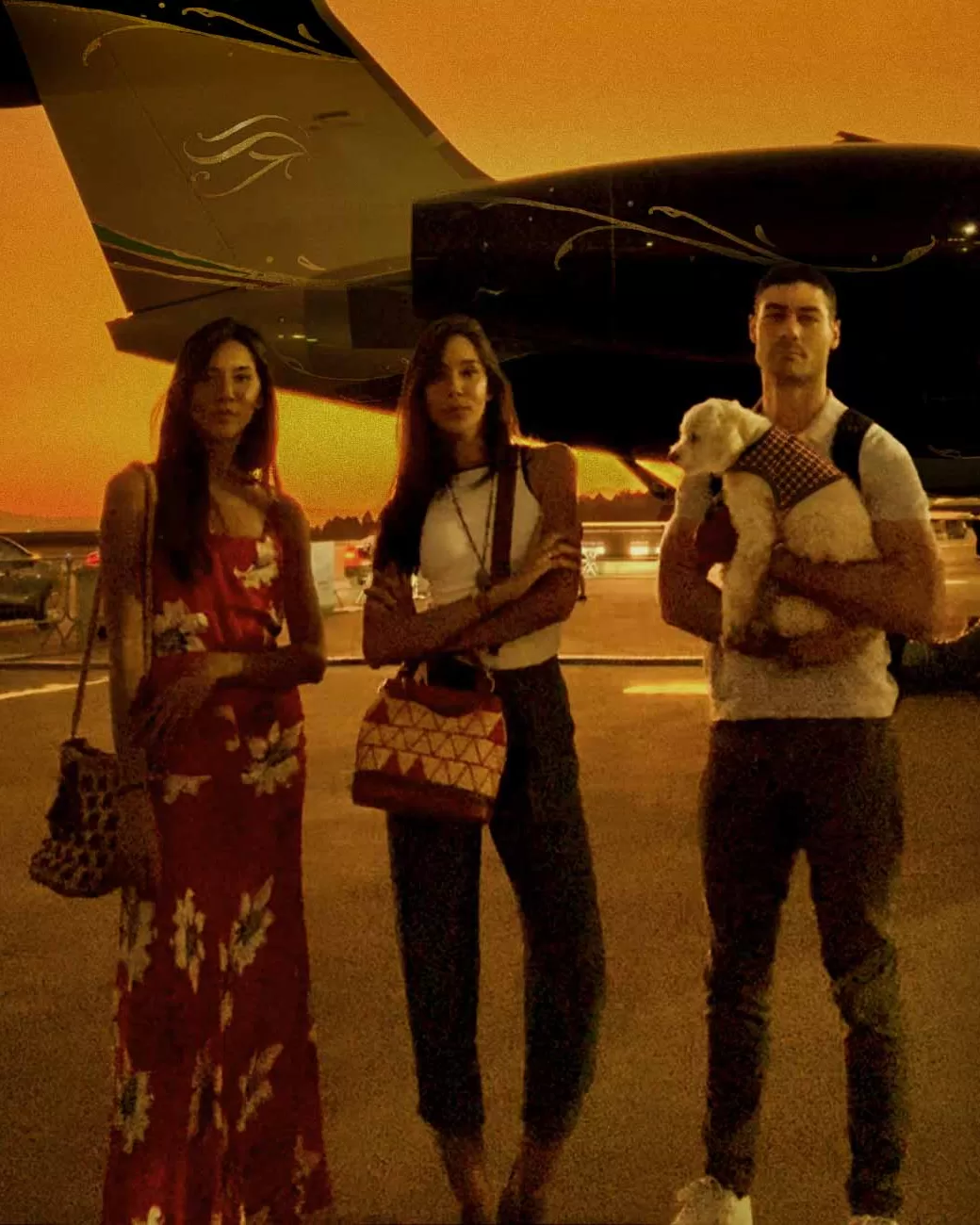After more than fifteen years in aviation, I’ve realized that passion is what gets you into the cockpit, but purpose is what keeps you from flying in circles.
My story started in the U.S. Air Force, deep in the world of aircraft maintenance—a job that teaches you humility faster than almost anything else. There’s nothing quite like having a jet the size of a small building depending on whether you torqued something correctly. The stakes were high, but that’s where I learned what it really means to serve.
Service, for me, wasn’t about rank or recognition. It was about being part of something larger—and sometimes that meant doing the less glamorous work. The kind that doesn’t show up in highlight reels but makes everything else possible. I learned to follow before I tried to lead, to listen more than I spoke, and to understand that good leadership often starts in the background, not the spotlight.

There’s a certain rhythm to working in that kind of environment—pressure, precision, and a lot of trust. You learn quickly that “good enough” isn’t good enough when lives depend on your work. That mindset became my compass. It kept me focused, grounded, and, most importantly, reminded me that even the smallest task can carry real meaning when it’s done with purpose.
Those early years taught me something I carry into everything I do now: leadership isn’t about being in charge; it’s about being in service. And sometimes, that starts with tightening bolts in the dark and trusting that it matters.

Leaving the Air Force for the private sector was like switching from a marching band to a jazz trio—same instruments, completely different tempo. Suddenly, I wasn’t on the hangar floor making sure jets were flight-ready; I was in conference rooms, hangars, and airshows helping set the stage for aircraft sales events. Different kind of pressure, same attention to detail.
As a consultant, I worked with executives, officials, and the occasional client whose idea of “short notice” involved crossing three time zones. Each project had its own rhythm—new cultures, new expectations, and the constant puzzle of making complex operations look effortless. It was equal parts logistics, diplomacy, and psychology, with just a hint of jet fuel.
But what surprised me most was how much it still felt like service. Sure, the uniforms had changed, but the mission mindset remained. I found the same satisfaction in seeing everything run smoothly, in helping clients and teams connect across continents, in watching people experience aviation not just as a product, but as something inspiring.
That realization—that the heart of service can exist anywhere—became the bridge between my military past and what came next. It’s what led Valeria, Diana and I to found Lie Alonso. We wanted to create something that carried purpose into design—something that made people feel connected, not just impressed. Because when you spend enough time around aircraft, you realize: it’s never just about flying. It’s about what happens when people come together because of it.

In aviation, everything we build has an expiration date. Planes age, paint fades, and even the most impressive designs eventually make room for the next generation. You learn early on that permanence isn’t the goal—impact is.
I think about that a lot these days. It’s easy to get caught up in the technical beauty of what we create—the design sketches, the craftsmanship, the moments when everything aligns just right—but what really lasts are the connections formed along the way. The late-night problem-solving, the shared pride after a successful launch, the way a client’s eyes light up when they realize they’re part of something special. Those are the things that don’t wear out.

The truth is, legacy isn’t about how long something endures; it’s about how deeply it resonates. If the work we do can inspire someone, make them feel seen, or bring people together in a meaningful way, then we’ve done something worth remembering.
At Lie Alonso, that’s what drives me—the idea that our purpose isn’t limited to what we build, but extends to how we make people feel in the process. We may work in various modalities, but the soul of our work is human. And if we do it right, what we leave behind won’t just be aircraft, architecture or designs—it’ll be the stories, relationships, and moments that remind people why flight still captures our imagination in the first place.